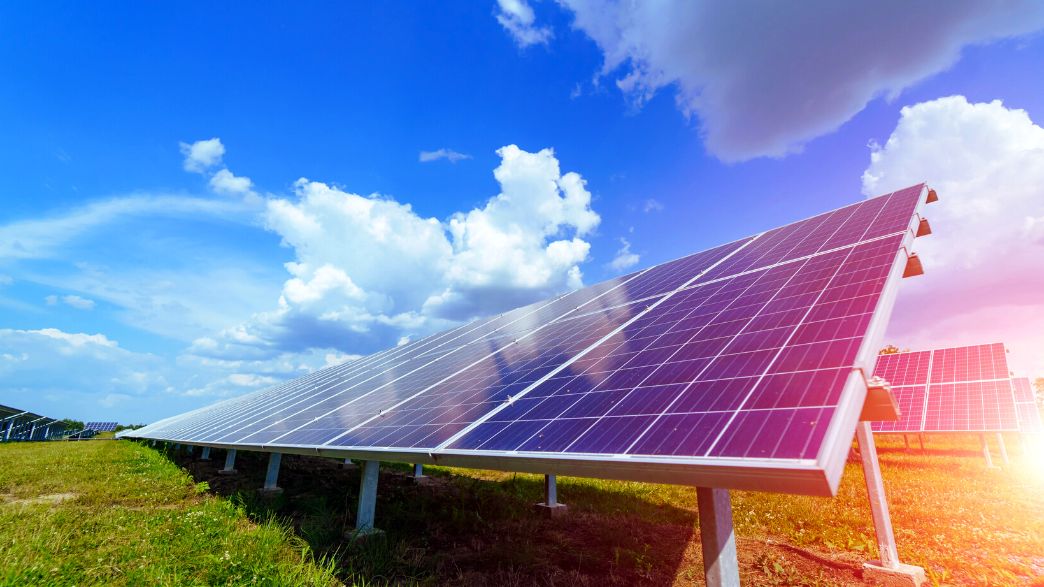The energy scenario was very positive in 2022 for Brazil, with an increase in renewables and investments. See the industry overview.
The energy market in 2022 in Brazil was resilient and had solar energy as one of the main sources of growth in the year. The electricity sector has undergone important changes inside and outside the country.
With global events and internal trends, the energy market has become more complex and plural and, for companies that have electricity as their main input, there were challenges to be overcome.
The energy market in 2022
Unlike 2021, the year 2022 was accompanied by more rains helping to rebuild the reservoirs. Thus, the cost of energy did not grow as seen in the previous year and brought peace of mind to quotations. But, although this was not a problem in 2022, many consumers preferred to migrate to distributed generation, mainly solar source. With that, the source reached 22 GW of installed power in 2022.
This occurred because the majority did not want to be dependent on the traditional model, which is linked to water resources or fossil fuels, therefore, with a more volatile cost in case of scarcity of rain. The other reason was the end of the migration period for the model with exemption from the distribution fee. As of January 2023, new projects will start paying a percentage of the fee, so there was a large migration throughout 2022.
After almost two years of the pandemic and an economic recovery, which led to an increase in energy demand, the instability caused by the war between Russia and Ukraine made energy become a problem in the international market.
As Russia is one of the largest producers and exporters of oil and natural gas and a supplier of part of the fuel to Europe, European countries needed to find new partners and new sources, causing a destabilization in negotiated prices and a considerable increase in oil demand.
But the war also made several nations seek solutions beyond non-renewable demands. As a result, there was an expansion in the implementation and financing of renewable projects.
Today, Brazil has wind energy as the second largest source of its energy matrix, occupying an excellent position in the global ranking. And, soon less, the solar source should exceed that mark, due to the increase in projects in the last half of 2022.
What to expect for 2023?
For companies to remain competitive, productive and sustainable, the path is to analyze the electricity sector in 2022, understanding what is possible to plan and what may become a trend.
For 2023, an average readjustment of tariffs close to 5% is already expected, according to the projection of specialized consultants in the electricity sector. Some measures adopted in 2022, such as the full return of tax credits and a new contribution from Eletrobras, should ease the effects on consumers.
In addition, with the agreements signed at COP 26 and 27, there was a need for structural changes for the energy transition and decarbonization of the sector. The free energy market tends to expand even more with the opening to other types of consumers scheduled for the coming months, according to PL 414/2021, which talks about the modernization and opening of the energy market.
There are also expectations of an increase in auctions with long-term contracts to meet the demands of municipalities, mainly for public lighting. Thus, forecasts for the coming years point to a Brazil with increasing energy consumption, solar and wind generation in prominence and energy decentralization with more strength and large companies investing in ESG.

Comment